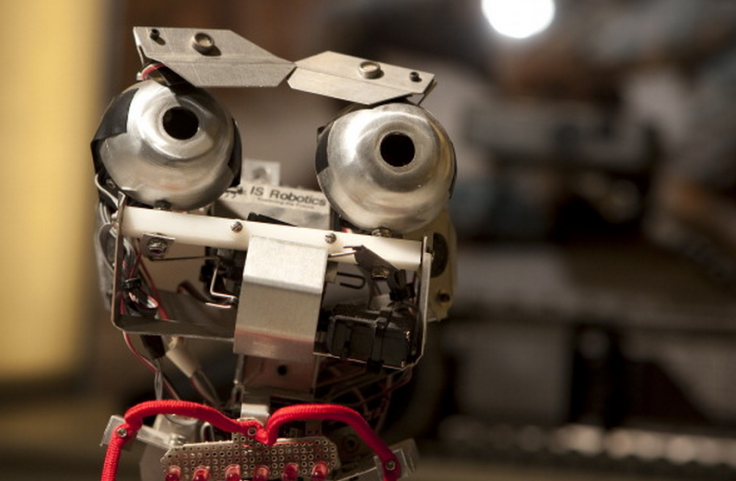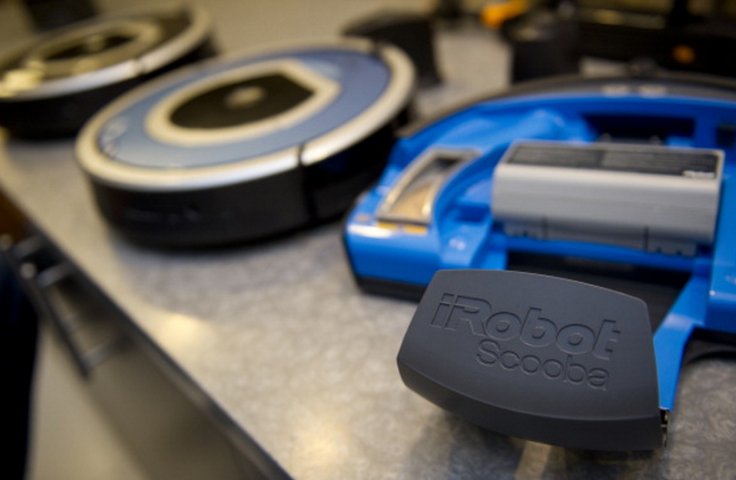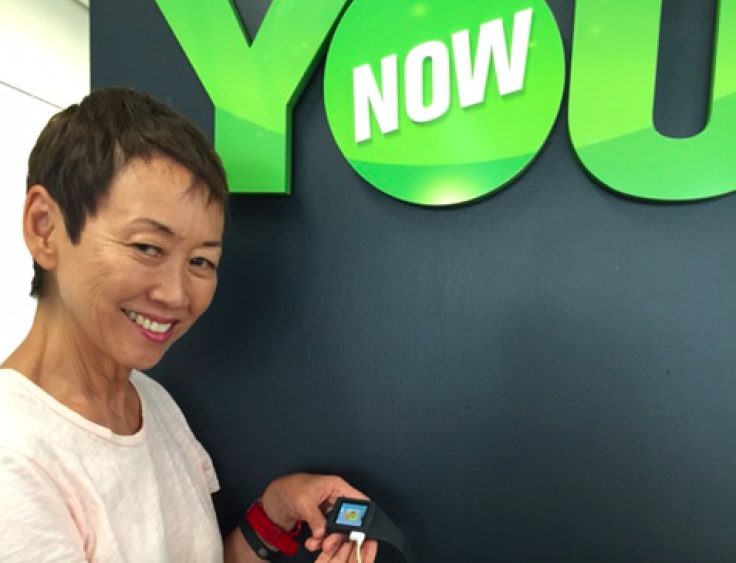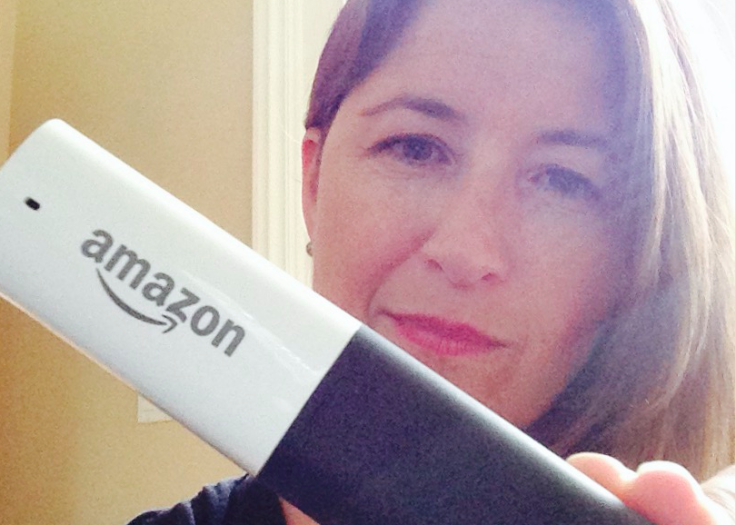My Worst Tech Decision: Social Network Execs Fall Victim To iRobot, Amazon Dash, iPod Nano And More

Social networks are meant to connect us, and therefore, should contribute to the world being more educated and informed about the products and devices around us. Facebook founder and CEO Mark Zuckerberg has been quoted as saying, “By giving people the power to share, we’re making the world more transparent.”
However, despite the Facebook polls, the Yelp reviews, the Amazon star-ratings and myriad other ways to measure products, people still fall victim to regrettable purchases online. Last month, International Business Times writers shared their own regrettable purchases. We then heard from those looking to break away from Apple, only to be disappointed.
This week, IBTimes spoke to five creators of online and mobile social networks to learn about their “Worst Tech Decisions."

Lucian Föhr, 27, Designer And Co-Founder Of Ello
Scooba 380
You’re in a large design studio. There are brooms, mops and the typical vacuum available to keep the unfinished concrete floor clean. But this was 2005. The world was blessed with a new invention: iRobot’s series of robotic vacuum cleaners.
“We swept daily and figured why not have a robot help us out? And while we’re at it, lets have the robot mop too. What could possibly go wrong?” remembered Lucian Föhr, 27, a designer who currently works for Ello, commonly referred to as the anti-Facebook.
Föhr purchased a Scooba 380 (iRobot’s floor washing robot) online for around $500. It took only 15 seconds from the moment it was out of the packaging for Föhr to realize this decision had been a mistake. “We quickly realized this was like owning an early computer that was the size of a studio apartment,” Föhr said. “The potential was there, but this clearly wasn’t going to work out. It was loud (so f------ loud), slow, with mediocre cleaning results.”
The designer also expressed frustration over the machine's requirements, such as adding water and using an air blower device on the robot during the cleaning to make sure the pump was clear. Föhr said he would follow the robot along its journey around the studio, helping it get unstuck and keeping the pump clean. After a few months, he stuck a “Free” sign on the robot and left it out on the street. “Hopefully a child found it and was inspired to make a significantly better floor-washing robot,” Föhr said.
Jennifer Stith, 30, VP Of Communications, Brand Development At Bumble
Tiger Electronics' Original Furby
She just had to have one -- at age 13. Jennifer Stith recalled her mother having to drive 45 minutes from their home to get in line at 6 a.m. at Costco to purchase three Furbies (one for each of her children). “Sorry, Mom,” said Stith, who now works for the “female-empowering” dating app Bumble.
Stith blamed the marketing for her love of the Furby. “It was positioned like an engaged, loyal robotic pet. It required some responsibility like feeding and petting but seemed to be less of a burden than keeping a real animal alive,” Stith said.
She fell for the blinking, the movement of its ears, the talking. But it was a short-lived relationship. “I don’t recall if the Furby never fully worked or if I just hated everything about it. It made random noises at all hours and maniacal movements all day no matter how much,” Stitch said. “I fed it, pet it or put it to sleep. My Furby always wanted more from me.”
Its language -- “Furbish” -- made it nearly impossible to understand what the creature actually wanted. A few months later, she shut the Furby down and put it under her bed where it remained for years. Where is it now? Stith couldn't recall.

Paula Batson, VP Of PR And Communications At YouNow
iPod Nano (6th Generation)
A multitouch display, 8 gigabytes of storage, bright red and sparkling, a matching watch band -- to Paula Batson, the 6th generation of the iPod Nano seemed like the perfect Christmas gift for her boyfriend.
Batson, communications head of live video streaming site YouNow, loaded music onto the device, but she did not use it much beyond the initial test of its headphones. “It wasn't really attractive as a watch and I didn't use it as a fitness tracker,” Batson said. “I was originally optimistic that this would be a great way to listen to music when I was exercising. But it wasn't easy to use and it never replaced my phone as my go-to device.”
For Batson, the Nano could not replace the multifunctionality of her smartphone. Even the Nano’s small size and the accompanying watchband did not convince Batson of its usefulness as a fitness tracker.
It wasn’t hard for Batson to find, however. She keeps the device in the drawer of a cabinet by her bed. Her phone, on the other hand, is kept a bit closer.
Bill Ottman, 30, Co-Creator And CEO Of Minds
Rode Smartlav Lavalier Microphone For Smartphones
“This is a tough one for me because I'm super vigilant about the nature of the tech I buy before I buy it [considering being obsessed with privacy and open source etc.],” said Bill Ottman, 30, a New Yorker who runs Minds.com, an encrypted and open-source social network.
But Ottman did fall for one regretful Amazon purchase. He bought a lavaliere microphone for his Samsung Galaxy S5 in the hope it would help with recording high-quality audio from his smartphone.
“It just didn't work. The apps that supposedly went with it were all over the place. Unless I was being an idiot, which is very possible, its actual use was to be used to record audio from afar and then sync to another video file in post production, which is so stupid,” he said.
It was a “total waste” of about $100, Ottman said. The device failed to recognize his smartphone. Ottman also admitted if he was actually planning to create high-quality videos he should not use his smartphone and instead purchase a better camera.

Andrea Cutright, 45, COO Of Ask.fm
Amazon Dash Stick
Before there was the Amazon Dash button, there was an Amazon Dash stick. Subscribers to AmazonFresh, the e-commerce company’s grocery delivery service that required a $300 annual fee, could choose to receive the device.
“I thought the concept was cool,” said Andrea Cutright, the chief operating officer of question-and-answer site Ask.fm. “It uses barcode-scanning and voice-recognition capabilities to help build shopping lists for AmazonFresh customers.”
The device can connect to Wi-Fi, and users can talk to it or scan barcodes to create an online shopping list. “The geeky side of me wanted to try it because I thought it would save me time and from forgetting things we needed around the house,” Cutright said.
Cutright only used the stick for its primary purpose once. She explained the voice technology was not accurate and was frustrated by how there was no screen on the device to confirm items had been added.
The Amazon Dash stick -- meant to save time -- actually caused her more stress and wasted more time. In fact, besides the few times she tested it, her 8-year-old son had used the device to scan his Halloween candy. “I had to remove about 100 bags of Skittles from my shopping list one by one,” Cutright said.
What was your worst tech decision? Let us know in the comments below or on Twitter and Facebook.
© Copyright IBTimes 2024. All rights reserved.






















